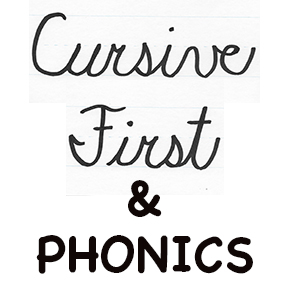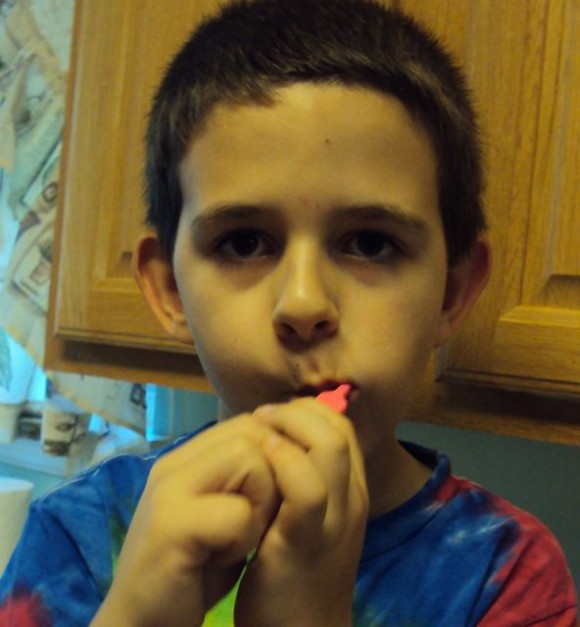We are offering computer classes for … Beyond the code 6th-12th grades. STEM classes focused on technology including digital forensics, cyber security, IoT, and Linux.
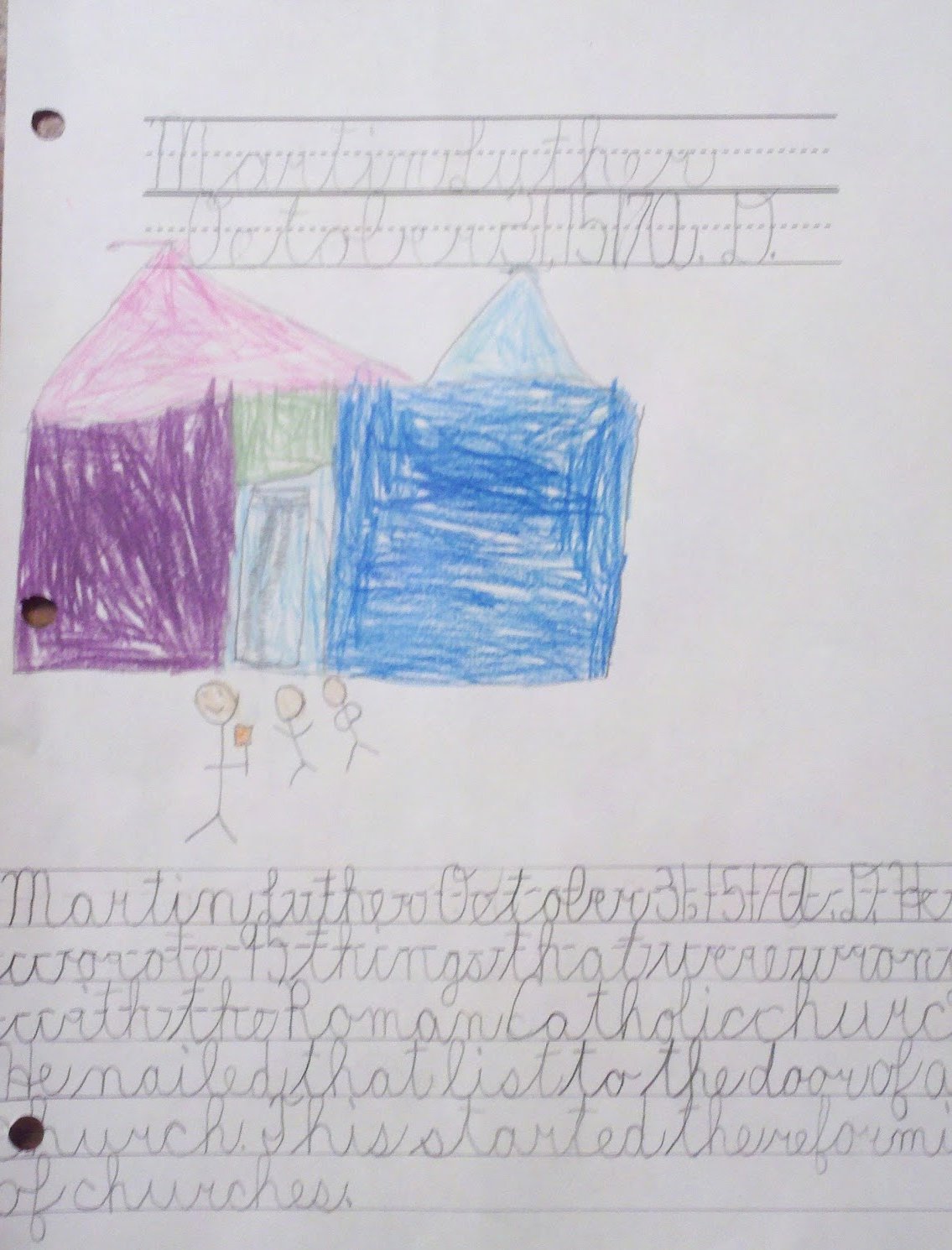
Notebooking Lessons Learned
Podcast: Play in new window | Download
Subscribe: Apple Podcasts | RSS
At the Teach Them Diligently Homeschool Convention I attended a session led by Jeannie Fulbright. This episode of our podcast will feature some of the things I learned from this session.
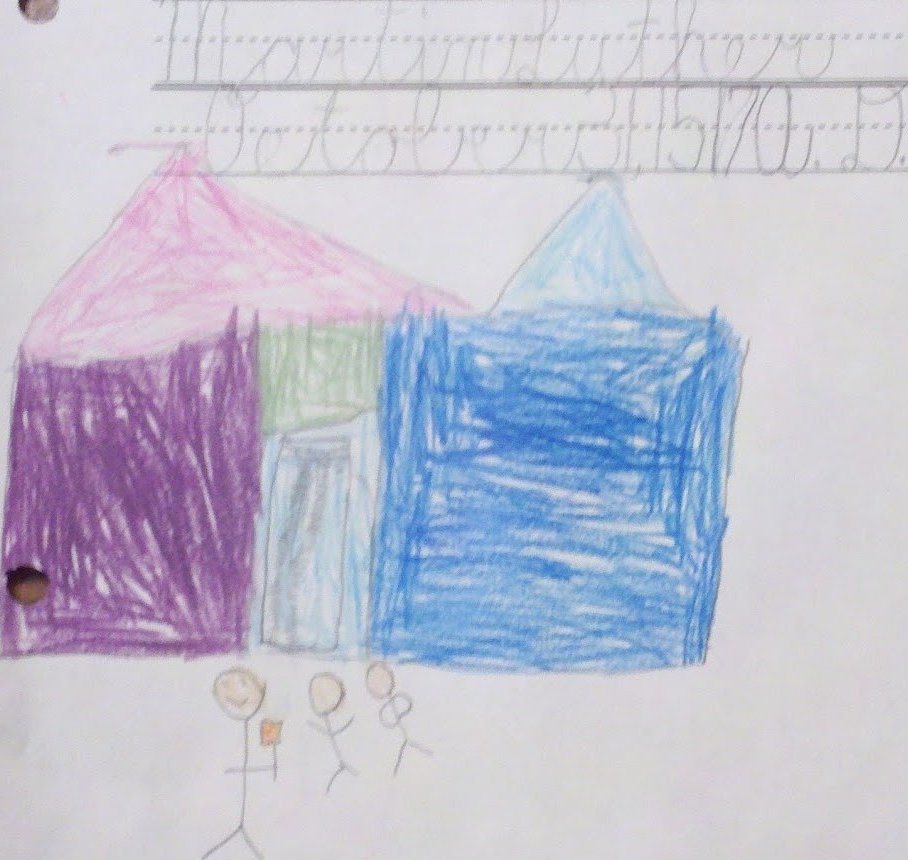
Podcast Episode 15 Show Notes
- I briefly mentioned Notebooking in a Methods of Homeschooling blog post with a promise to go into more detail. I went to this session and for the first time received a good understanding of what “notebooking” is and the curriculum that uses this method.
- Jeannie Fulbright uses “a methodology of education that employs a child’s comprehension, critical thinking, and creativity to produce a permanent work of artistic and academic value.” This method is based on a Charlotte Mason approach (see previous blog post) which can be linked back to how many great thinkers of the past kept a learning notebook (IE Leonardo & G. Washington).
- Highschool lab manuals are basically Notebooking.
- You can use Notebooking with ANY curriculum.
- It uses “narration” which is telling back in your own words what you have learned.
- Is a great way to retain what is learned. You would read a book then the child draws a picture and writes what they learned or a summary. The child has to mull over the material. They forget what is read/learned if they don’t do anything with the information other than taking a quiz.
- It becomes a record of learning for the year.
- The child “owns” the book AND the knowledge that is in the book he/she created.
- Include in the Notebook: maps, mini books/lapbooks, photos of trips or projects, field trip reports, copywork, timelines, summaries, newspaper articles, brochures, and charts/diagrams.
- Notebooking does take more time than a test or quiz.
- Don’t go overboard by doing one everyday.
Lets look at typical assessments for a minute.
- Notebooking replaces “artificial assessment” with authentic learning. Typical assessments don’t increase learning potential and they do not engage the child.
- In the lower grades, typical assessments do not develop critical thinking.
- no contemplation and it doesn’t engage the whole mind.
- makes the purpose of learning about the test
- uses mostly short term memory
Other Links mentioned in this episode:
Notebooking Pages – Free Sample Page Downloads
Subscribe to the Home School Support Network:
![]()


Other examples of Riley’s Notebooks:
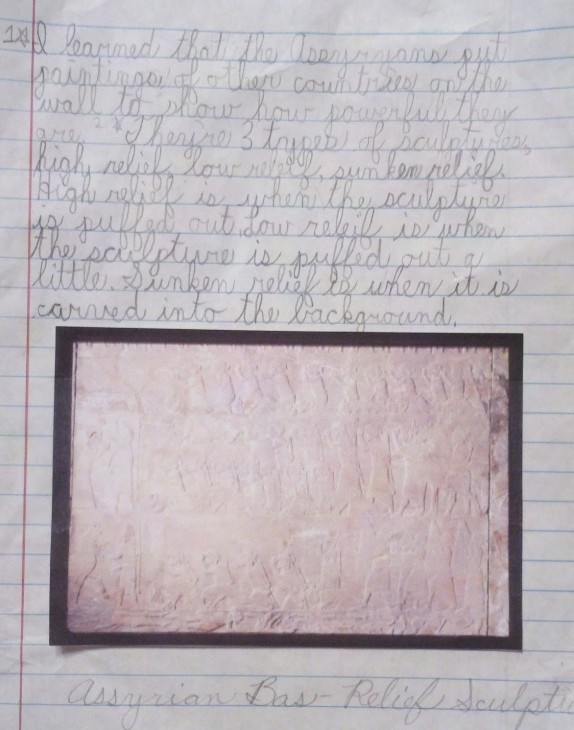
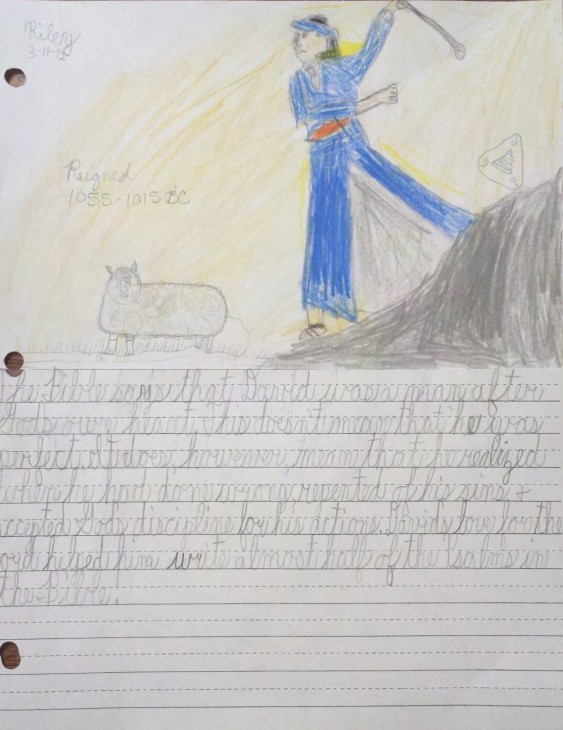
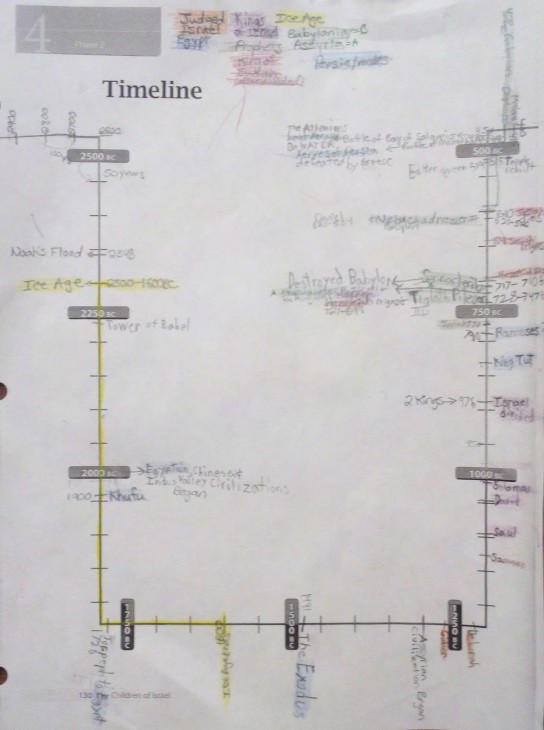
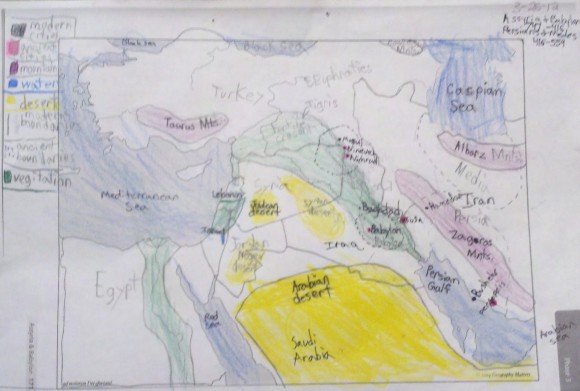
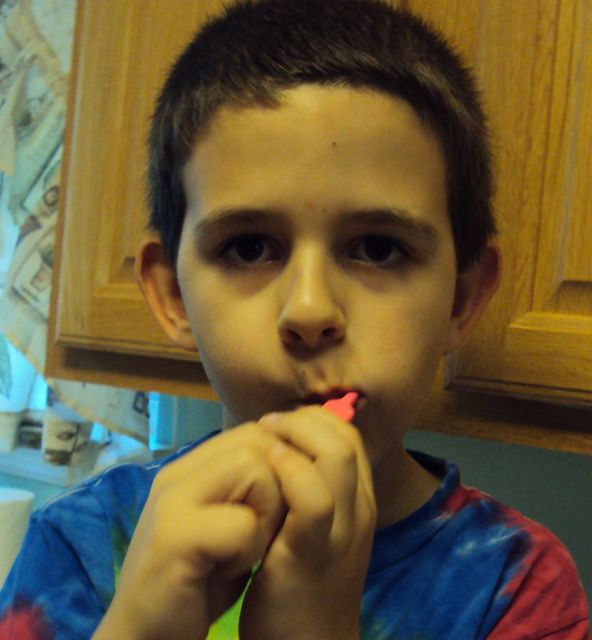
Homemade Toothpaste
I recently had the book The Toothpaste Millionaire by Jean Merrill recommended to me to read to my boys. A quick search at our local library turned up the book and excitement was on my 9 year old’s face as he read the title (I’m guessing the attention getter was the word “millionaire” NOT the word “toothpaste”!).
We read the book, breaking it up into smaller chunks over several days. The book is about a boy and his friend and their quest to make- and then sell- affordable toothpaste. It was refreshing to find a book with an interesting plot and no objectionable character or language. My son and I recommend this book! Note: There is an updated version of this book (of at least the cover but I don’t know about the content). We read the older version.
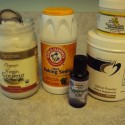 I did a quick Google search for “homemade toothpaste recipe” and quickly discovered we already HAD all the ingredients to make our own toothpaste. You can’t get any cheaper than that!! We did this as the culminating activity to our reading and have been using it now for weeks. I actually prefer the homemade stuff as it feels like my teeth are cleaner!
I did a quick Google search for “homemade toothpaste recipe” and quickly discovered we already HAD all the ingredients to make our own toothpaste. You can’t get any cheaper than that!! We did this as the culminating activity to our reading and have been using it now for weeks. I actually prefer the homemade stuff as it feels like my teeth are cleaner!
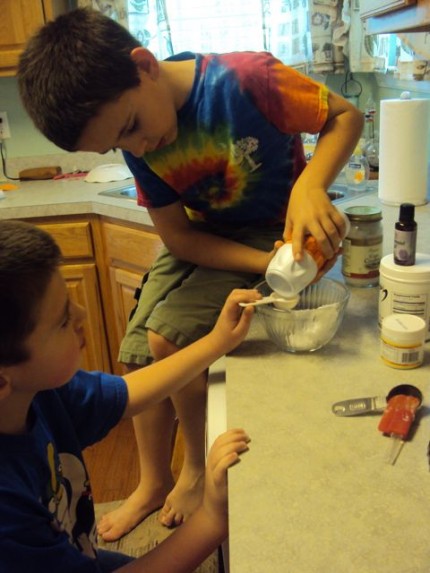 I used Tammy’s Recipes website and found the step by step pictures easy to follow. It took literally just minutes! I haven’t let my four year old use this toothpaste because he just hasn’t mastered the whole “don’t swallow” thing but my nine year old loves it. As for safety, I asked the boys’ dentist to see if the baking soda is harmful and I received an okay from that standpoint. His concern was the lack of fluoride, which neither I nor the boys, have used for about two years now without any problems.
I used Tammy’s Recipes website and found the step by step pictures easy to follow. It took literally just minutes! I haven’t let my four year old use this toothpaste because he just hasn’t mastered the whole “don’t swallow” thing but my nine year old loves it. As for safety, I asked the boys’ dentist to see if the baking soda is harmful and I received an okay from that standpoint. His concern was the lack of fluoride, which neither I nor the boys, have used for about two years now without any problems.
Another concern I’ve heard is about the essential oils being “food grade”. The opinions over this go back and forth so I’ll let you decide on that. I will say that you can find food grade oils online, and maybe even at your local health food store. They are more expensive than non-food grade but many are still pretty reasonably priced.
So if you are looking for a quick summer read and activity, keep this one in mind. As a bonus, you get some “natural toothpaste” too! Happy reading!
Lessons I Learned from a Conference
Podcast: Play in new window | Download
Subscribe: Apple Podcasts | RSS
Conference Teach Them Diligently
Reasons to attend a homeschool conference:
- It “refuels” mom and gives much needed encouragement!
- Refreshing time away.
- Personal growth in the Lord.
- Hands on opportunity in the vendor hall to really “see” the curriculum.
Rhino Technologies – Get audio files (MP3) of the sessions from the Teach Them Diligently conference.
Yee Haw! Books for Boys- Jan Bloom
- Boys do what they see their dads do so dads need to model reading from a real book, not just electronic books!
- Allow boys to move around while you read a longer book- they ARE listening! It takes all their concentration to “sit still” and it frees up their mind to be able to move AND listen. (See blog post on Fidgets)
- Allow kids to posses the books they love- write their name in them and keep them accessible.
- Be aware of when the books were published! Prior to the 1960s the school librarians were the “gate keepers” but it is not so now.
- Boys like books with odd information, obscure facts, and challenges. Don’t be afraid of books with battles and conquering.
- Keep a “Book Journal” or index box with cards of title, author, # of pages in the book, plot & a few sentences. Gives you a record of what you’ve read and you can go back through your favorites without forgetting them. (See Lamplighter Publishing)
- If reading continues to be difficult past 10-12 years, consider www.visiontherapy.com
- Books for “early reading”
- Nancy Drew, Beatrix Potter, Thorton Burgess, Frog and Toad, Bobbsey Twins, Marion Renich (sports), I Can Read Series,
- Boxcar Children- the first 19 books were written by Warner but not the later ones (the character & values are better in #1-19).
- Be careful of language and attitude in biography category. Check out Garrard Biographies, Childhood of Famous Americans
“intermediate” reading
- Madeleine L’Engle, Jenny L. Cote, Hardy Boys, Sugar Creek Gang, American Adventure, American Heritage, Scripture Slueth, The Building on the Rock Series (5th grade +)
- Be careful of language and attitude in biography category. Check out YWAM Biographies & Trailblazer Biographies
The Seven E’s for Choosing Curriculum- Jeannie Fullbright
- See the last blog post for more of her points.
- Be more intentional about devotion time both personally and with the kids. Devotion tends to go whenever we think we are behind in our “curriculum”!
- I try to choose curriculum where Christ is in the center and woven throughout EVERYTHING rather than a curriculum with God as a ‘side entree’.
- When you abandon a curriculum because it no longer works/fits your needs, then try to figure out WHY. This is so you don’t end up buying the same thing with a different name on it!
The Brain, Memory, & Learning- Carlita Boyle
- Takes 5-6 hours to move learning from temporary to permanent storage. Teaching a new skill befores this causes problems with the first learning. Application: It doesn’t always help to give more work- need short teaching times.
- the time of day influences learning- Learn your child’s pattern
- Most probable effective learning times are after waking, just before bedtime, few hours before/after midpoint of the day. Ask your child “Is there a time that you like to learn?”
- Stress has a major impact on memory. Children link the EMOTION they had when learning something back to the INFORMATION they learned!
- Not getting enough sleep interferes with memory. REM sleep happens in the later hours of the night and that is when short term memory is transferred to long term. Power Sleep by James Maas
- Exercise helps memory! Learn first then exercise- It releases epinephrin and they learn better. DON’T SKIP RECESS!!
- 3 ways to get information into long term memory
1. intense sensory experience to link memory to
2. intense repetition or drill (most commonly used in textbooks)
3. drill used over TIME- is effective when learning a little bit at a time, over time.
Sensory Based Activities- Special Needs Consultant in SCAIHS
- “All children can benefit at some time instructionally with sensory activities to allow them to be better able to focus on the lessons being taught.” Osbornes call them “fidgets”. They keep the fingers busy so the brain can focus.
- Indicators of Sensory Integration disorder: speech & laguage delay/deficits, hypo &/or hyper activity level (like with Vestibular issues), stimuli reactions (tactile issues), difficulty with coordination skills (motor planning like with Proprioceptive issues)
- “FEED THE NEED!” Identify the need & provide opportunities for the child to do it in a safe and appropriate mannor. Examples
- We DO need to introduce textures they don’t like- little bits at a time.
- Plan some sensory activities in your day that are individualized to your child…even in busy or “bad” days.
- check out www.sizzlebop.com and carol’s Web Corner http://www.westfieldacademy.org/adhd/ for ideas on teaching distractable children and helping them to memorize or retain information.
- check out www.blueletterbible.com for awesome features that are helpful for ALL CHILDREN. I was also told (but haven’t figured it out for myself yet) that you can enlarge a passage and change the background/text color to make it easier for dyslexic readers.
- « Previous Page
- 1
- …
- 5
- 6
- 7
- 8
- 9
- …
- 13
- Next Page »
